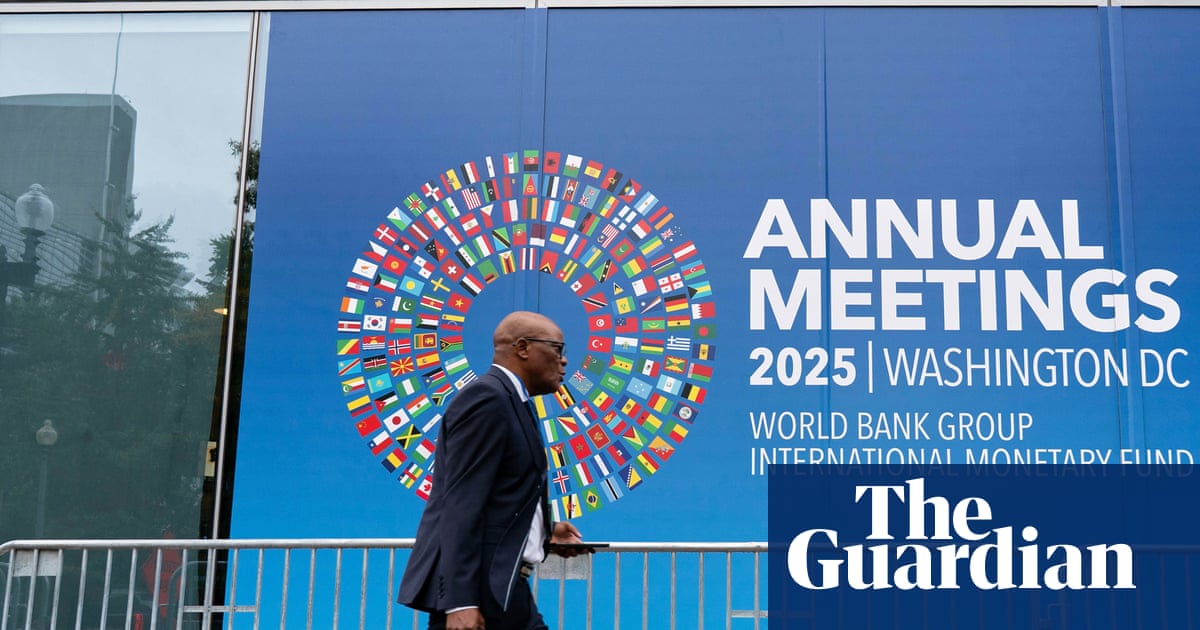Government debt across the world is on course to hit 100% of global gross domestic product (GDP) by 2029, according to analysis by the International Monetary Fund, the highest level since the aftermath of the second world war.
In its Fiscal Monitor report, the IMF said aggregate government debt had risen more rapidly than expected before the Covid pandemic, when policymakers stepped into protect citizens and bail out hard-hit businesses.
It urged governments to switch spending to growth-friendly areas such as infrastructure and education to help bolster the world economy and make debts more sustainable.
A 100% global debt-to-GDP ratio would be the highest since 1948, when the world’s large economies had been devastated by six years of war and the costs of rebuilding their ravaged countries.
The report named the UK as among the G20 countries whose ratio would peak above 100% of GDP on the IMF’s definition in the coming years – alongside France, Japan, Canada, China and the US.
The IMF said there were still upward pressures on spending in many countries – alongside a reluctance to impose tax rises on sceptical voters.
“Looming expenditures on defence, natural disasters, disruptive technologies, demographics, and development add to public spending demands. All these pressures and demands come together with sharp political red lines against tax increases and diminished public awareness of fiscal limits,” it said.
The IMF argued that emerging economies in particular could struggle to manage their debt burdens – even with much lower debt-to-GDP ratios than their developing country peers.
“Many emerging markets and low-income countries face tougher fiscal challenges, despite their relatively low debt,” it said. The IMF added that as many as 55 countries were experiencing debt distress, or at high risk of distress, despite having debt-to-GDP ratios below 60%.
Campaigners have called for the IMF to play a greater role in tackling unsustainable debt, arguing that the current debt restructuring process, known as the Common Framework, is too slow and cumbersome, as well as hard to qualify for.
after newsletter promotion
For the UK, the IMF forecasted total public debt would peak at 105.9% of GDP in 2029, before declining slightly, to 105.4% in 2030. After the chancellor, Rachel Reeves, changed her fiscal rules last year, she now targets a different definition of debt.
At a press briefing in Washington on Tuesday, where policymakers have gathered for the IMF’s annual meetings, its deputy director for monetary and capital markets, Athanasios Vamvakidis, said Britain was in the sights of bond market investors.
“Clearly markets are concerned about the UK economy, and we have seen more volatility in the UK compared to other advanced economies,” he said.








